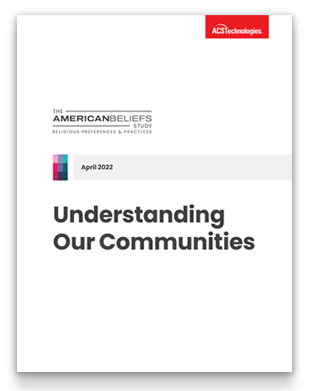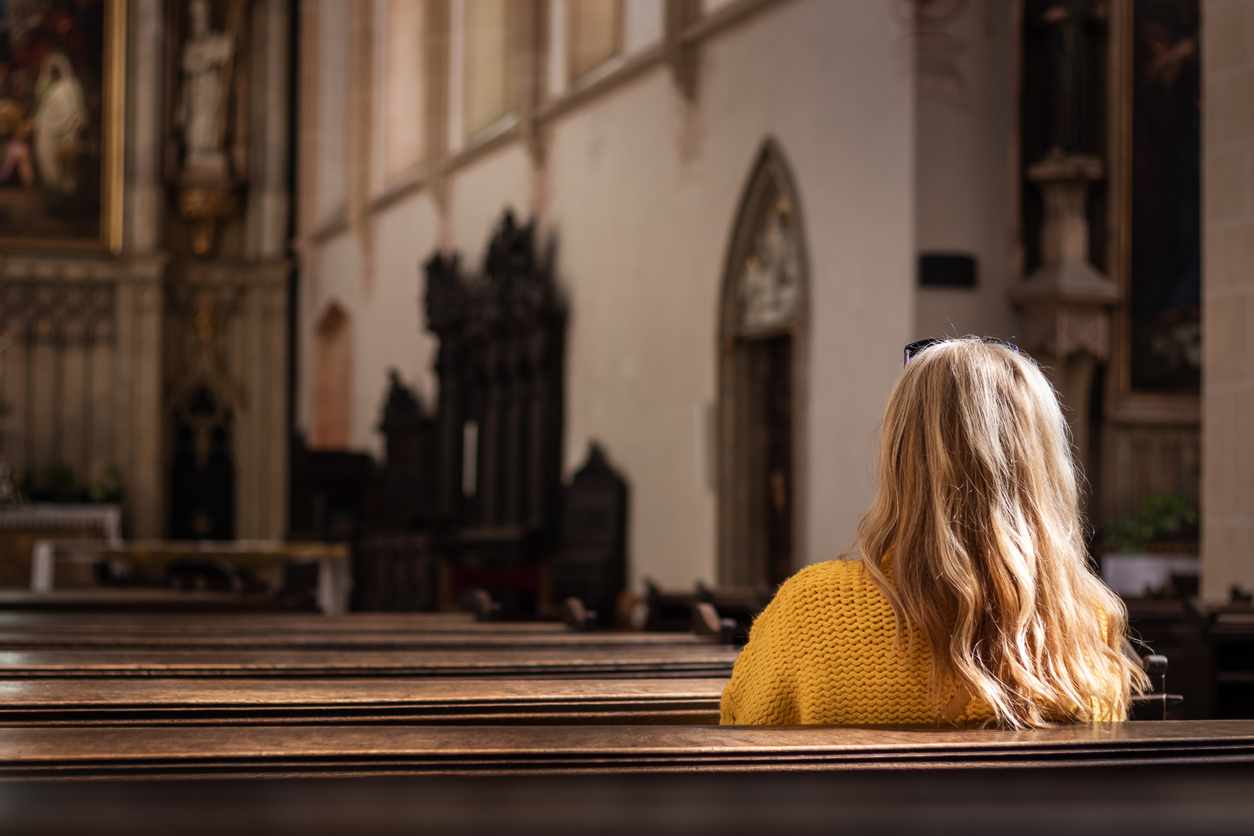If your parish does not have an intentional focus on social media, then you might want to think about it. The newly released American Beliefs Study from ACS Technologies indicates that over 58% of Catholics use Facebook weekly or daily. Of the top 5 Social Media outlets, Facebook is the most frequently used by all age groups. 46% of respondents use Facebook daily and 12% weekly.
“As each one has received a gift, use it to serve one another as good stewards of God’s varied grace.”
1 Peter 4:10
All Ages
There are differences based on age groups, and not everyone is on social media. For example, 29% of respondents have never used Facebook. The most significant difference is in the responses for young adults 18 – 29. If you want to reach them, then consider YouTube. 47% of this age group responded they use YouTube daily, and 25% responded weekly. Video is a great way to reach this audience. All it takes is some organization and your smartphone! Many in this age group also say they use Facebook daily. Only 5% of 18 – 29-year-old respondents said they have never used YouTube.
Don’t discount people over 60! They have computers and phones, and 14% access YouTube weekly. 8% access it daily, and 12% of them use Facebook weekly. You can engage this group through compelling stories and video content about your parish, which also helps them to feel part of the community if they have any challenges attending in person.
More Than Just Social Media
While social media has become a required part of parishioner engagement, it is not a replacement for personal interaction and ministry. During his homily on Pentecost, Pope Francis said, “the more we use social media, the less social we are becoming.” While we are encouraged to use digital media as a resource to begin a dialog, it is in our personal interaction that we can “be Christ” for one another. With this in mind, we can use social media as one way to invite people into both conversation and an opening to get to know one another personally:
“The Church can use social media to encourage respect, dialogue, and honest relationships—in other words, “true friendship” (Pope Benedict XVI’s Message for the 43rd World Communications Day, 2009). To do so requires us to approach social media as a powerful means of evangelization and to consider the Church’s role in providing a Christian perspective on digital literacy.”
Here are social media Guidelines from USCCB:
- Define appropriate boundaries for communications. These should be in sync with diocesan codes of conduct for other areas, such as the diocese’s standards for protecting children and young people, Internet acceptable use policies, etc.
- Include examples of Codes of Conduct that should be posted on social networking sites. Codes of Conduct are for visitors to the site.
- Define instructions. Include instructions on how to report, block, etc., on the more popular social networking sites such as Facebook and Twitter.
- Provide recommendations on how to deal with difficult “fans.”Give church personnel permission to trust their instincts on blocking repeat offenders of a site’s Code of Conduct.
- Provide trusted sites for reference, and recommend that site administrators have a thorough knowledge of these sites.
- Remind site administrators they are posting for a broad audience. Social media are global platforms. Online content is visible to anyone in the world who comes to their sites.
Conclusion
Our research confirms that social media platforms have become an integral part of our parish communications. The Church reminds us to approach these tools with appropriate prayerfulness and consideration. Think about which social media platform to use, how to coordinate, and who might be the person to administer that particular platform. Plan to use other communications such as email and postal mail for people who are not active in social media. Social media platforms are tools for us to evangelize but not replacements for genuine relationships. Use the media in context for communications and an initial step to a deeper encounter.
FREE REPORT
Provides Actionable Data on American Religious Life. You’ll discover:
- The activity level of Americans in local religious communities and how it has changed over the past decade.
- The most pressing concerns Americans face today are concerns that will impact how you reach out to your community.
- Good news and bad news about the theological beliefs of Americans and how they view places of worship in their community.
Terry Poplava is a multi-disciplined executive with extensive sales, product marketing, strategy and leadership experience in supporting faith organizations. Terry’s professional experience includes organizational leadership, corporate development and growth, consulting with and training church leaders, and leading strategic and priority planning for churches and dioceses. He currently serves on the advisory board for the National Shrine of Our Lady of La Leche in St. Augustine FL, as cantor at St. Andrew parish in Myrtle Beach, SC. and recently as Chairman of the Finance Council at St. Mary the Virgin Mother parish in Hartsville, SC.





